
2025 Buyer Guide: Deciding which iPad to buy is easier than you think
Believe it or not, Apple’s 2025 iPad lineup is actually far less confusing than in the past few years. Four major models, the iPad (11th generation), iPad Mini 7, M3 iPad Air, and M4 iPad Pro, still have enough nuances to understand to ensure the right choice. But in reality, all iPads handle about 90% of the same tasks, including web browsing, memo-taking, streaming, app ecosystems, creative and professional work, and they all have the same design language. The final 10% (extra power, display technology, better efficiency, and accessories) makes a difference.
This guide breaks down the strengths of each iPad. This is how it is best and makes the best decision for your use case!
Be sure to check out our practical iPad buying guide!
Before we get into it, I am totally aware that you can find a cheaper or “better value” iPad in the second-hand or renovated market. However, in this guide we will focus on Apple’s latest and latest iPads.
iPad buys triangles
I wanted a way to explain the idea that most iPad experiences can be obtained at the cheapest level of an iPad. The best way to do that was to buy a triangle for the iPad. If the bottom of this triangle focuses on the commonalities of all iPads, moving the triangle up adds the software and hardware features you can get from going to the high-rise iPad. So, to simplify the iPad line, this is how we do it.
- Base Tier -This layer represents the commonality of all iPads, regardless of price. All iPads run iPads 18, have a USB-C port, share similar design languages, and support some form of Apple Pencil and keyboard. 90% of iPad experiences fall under this tier
- Midtier – At this level, the iPad will begin adding more premium features. This introduces a significant power boost. These models support advanced multitasking, Apple Intelligence stage manager, and support with hover support and better accessory compatibility, making them a step up from the base model, but they don’t work as fully as the Pro model.
- Top Tier – Sitting at the peak of the pyramid, the iPad Pro is the only model that does it all. There is an M4 chip for extreme performance, the best display experience, Thunderbolt Connectivity, promotion (120Hz refresh rate) for Face ID.
Each layer is built at the end. This means that while every iPad can handle the basic iPad experience, only the highest tier models can do it all. Understanding this structure will help you decide which iPad is best for your needs.
Common points of all iPads
Before diving into the difference, it’s important to mention what all iPads share. As I keep saying, these general features make up most of the iPad experience.
- iPados 18 – The latest version of iPados runs on all models and offers the same core software experience.
- USB-C charging – All iPads now use USB-C, making charging and accessories compatibility more universal.
- Apple Pencil & Keyboard Support – Although compatibility is different, all iPads work with Apple Pencil and some form of keyboard.
- Amazing app ecosystem – All iPads run powerful apps for productivity, creativity and entertainment.
So let’s take a look at the differences.


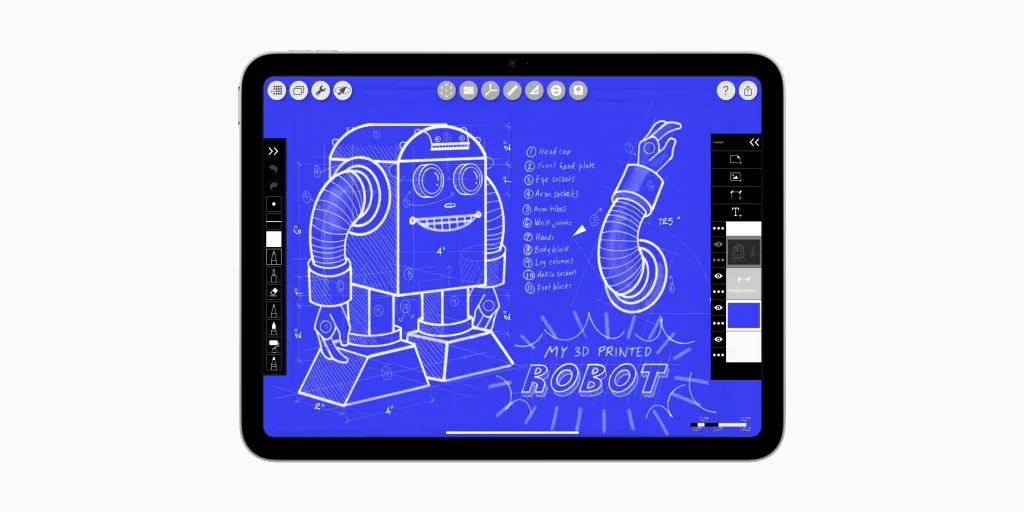
For who is it: Students, casual users, family, educators,
- Tip: A16
- screen: 10.9” LCD
- Features: TouchID, USB-C, iPados 18 support
- option: 4 colors, 3 storage options, WiFi and cellular
- Accessory support: Apple Pencil Gen 1, Apple Pencil USB-C & Magic Keyboard Folio
- Best Use Cases: Web browsing, academics, media consumption, light games
- What’s missing: Apple Intelligence, Stage Manager, external display support, Thunderbolt, promotions, etc.
- price: Starting at $329
The 11th generation iPad is the most affordable option and is perfect for students, children and casual users. It’s powerful enough for everyday tasks, creative work, business work and daily management, but lacks the premium features of the high-end model.
M3 iPad Air – Pro Power at Budget Price


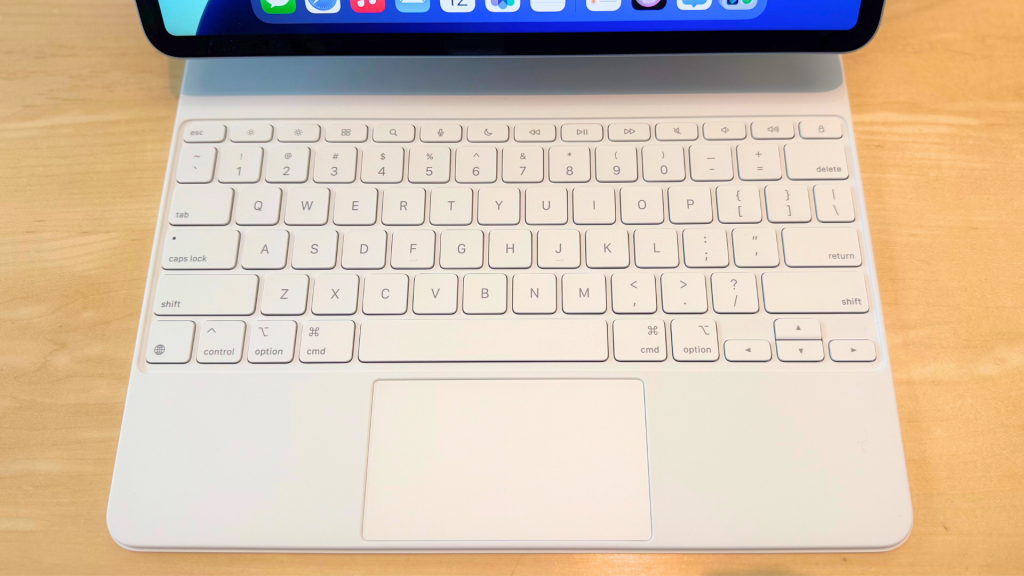
For who is it: Professionals, creatives, students who need more power
- Tip: M3
- screen: Liquid retina
- Features: Apple Intelligence, Touch ID, Stage Manager, Extended Monitor Support, Hover Support
- option: Two sizes (11″ and 13″), 4 colors, 4 storage options, WiFi and cellular
- Accessory support: Apple Pencil Pro, Apple Pencil USB-C, Magic Keyboard Compatible
- Best Use Cases: Multitasking, medium creative work, productivity
- What’s missing: High-end hardware such as Thunderbolt ports, tandem OLED displays, promotions, and Lidar
- price: Starting at $549
The iPad Air is the best option for anyone who needs more power without paying for the iPad Pro. The M3 chip can handle tough apps like Photoshop, Lumafusion, Affinity Photo, Final Cut Pro, and more, but it’s portable and relatively affordable. It’s a great balance between price and performance.
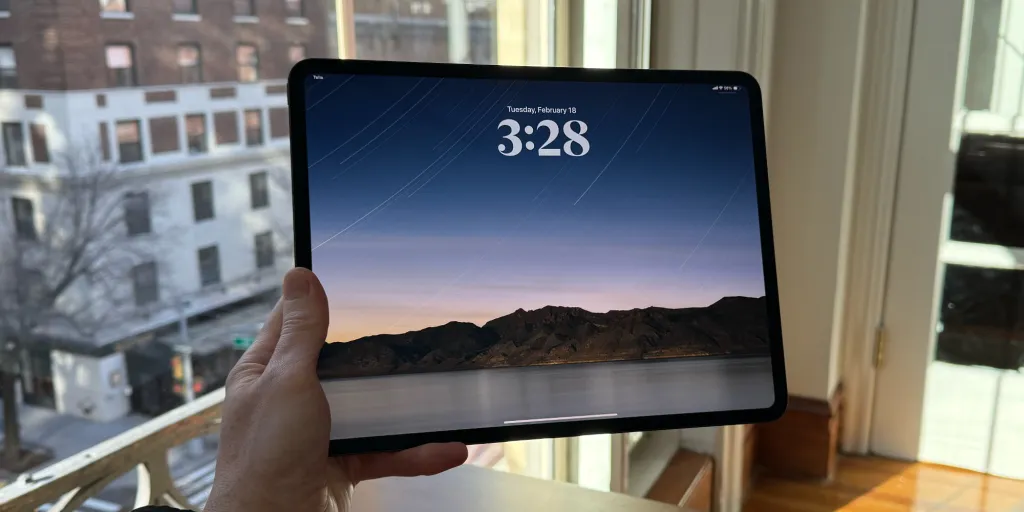
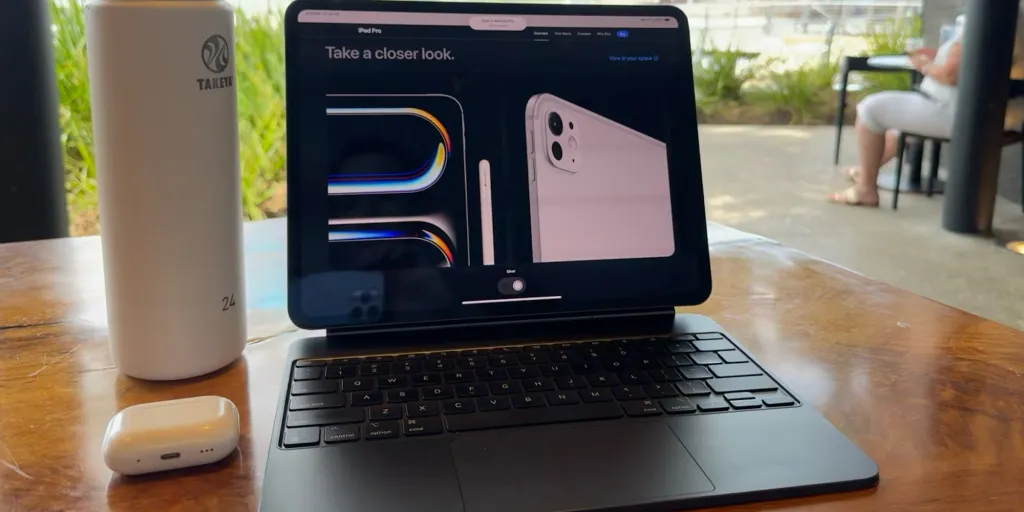
For who is it: Power users, pixel peepers, professionals, creative industry workers
- Tip: M4 with up to 16GB of RAM
- screen: Tandem OLED, 120Hz promotion, nano texture (optional)
- Features: Apple Intelligence, Stage Manager, Extended Monitor Support, Hover Support, Thunderbolt Support, Promotion, Lidar
- option: Two sizes (11″ and 13″), two colors, four storage options, two display options, WiFi and cellular
- Accessory support: Apple Pencil Pro, Apple Pencil USB-C, Magic Keyboard Compatible
- Best Use Cases: Video editing, 3D modeling, high-end creative work
- What is missing?: there is nothing
- price: Starting at $909
The iPad Pro is designed for professionals who need the best possible performance. Whether you’re editing 4K videos, using multiple pro apps, or using 3D models, the M4 chip and promotional display make this the ultimate iPad experience. But one thing I’ll be careful about is that you’re paying most of the hardware here. The M3 iPad Air can do 99% of what the M4 iPad Pro can do from a software perspective. However, the iPad Pro has all the premium hardware. So if you want to make the most of the best out of your hardware, software and budget, then it’s fine. This is the best iPad!
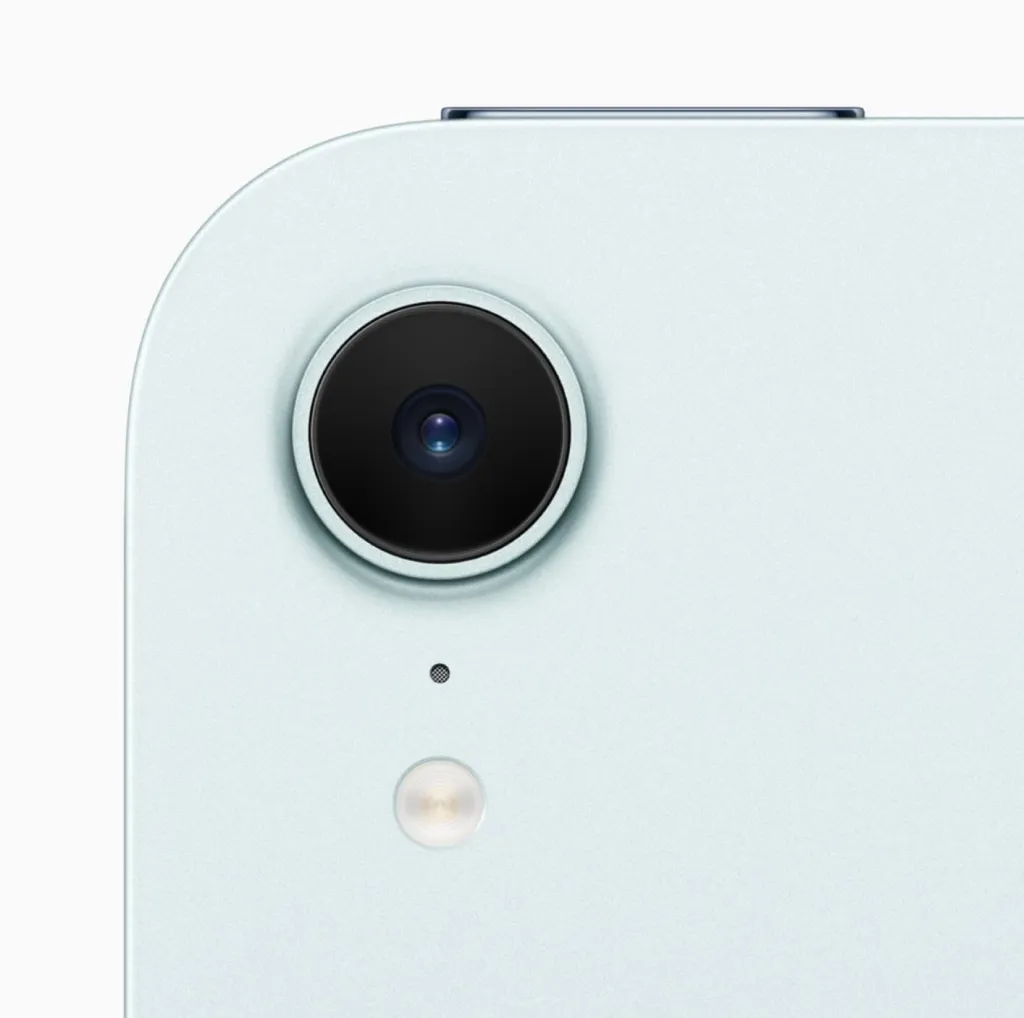
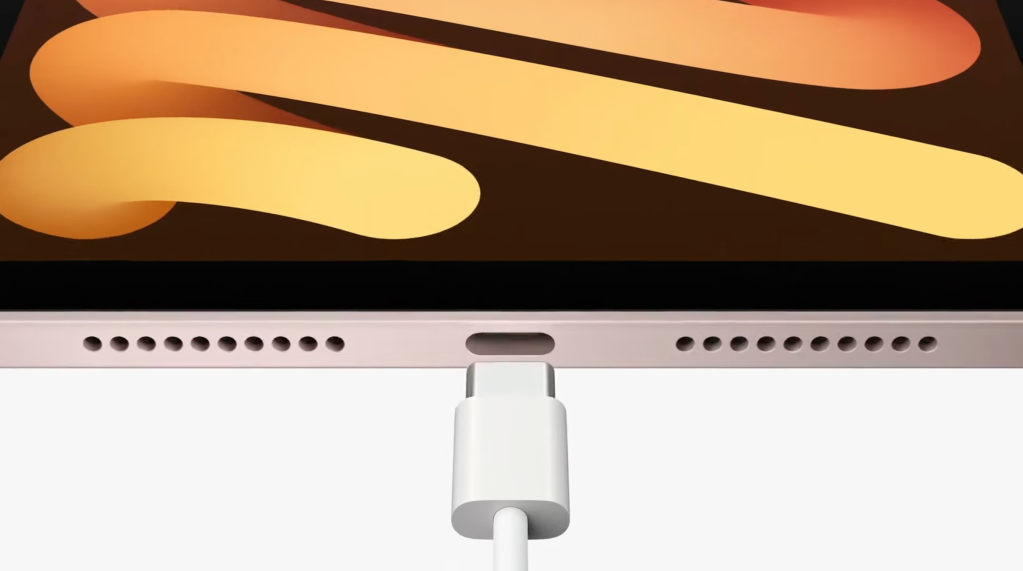

For who is it: Travelers, note takers, handheld users, almost anyone
- Tip: A17’s
- screen: 8.3″ liquid retina
- Features: Apple Intelligence, Touch ID, Stage Manager, Extended Monitor Support, Hover Support
- option: 4 colors, 3 storage options, WiFi and cellular
- Accessory support: Apple Pencil Pro, Apple Pencil USB-C
- Best Use Cases: Reading, sketching, one-handed, portable game
- priceFrom $399 ($100 off!)
I never forgot my iPad mini! This should be the most unique as it can be used in any situation. Reading, gaming, taking notes, doing creative tasks, running image playgrounds, and more. There’s no real wrong situation to use this unless you try to retry a crazy video editing using it. But even so, it works slower than air and the pro. That’s why, in my opinion, the floater iPad is available only to get it for a very specific use case based on portability or add it to your workflow.
Final Thoughts
So, to summarise it, I simply broke it down below as much as possible, so you can take a quick look and make a decision!
- Need budget-friendly options for basic tasks? → Obtain the 11th generation iPad.
- Do you need the most portable and compact options? →The iPad mini is perfect.
- Looking for the best balance between power and price? →The M3 iPad Air is the way to go.
- Do you need absolute best performance and display? →The M4 iPad Pro is your biggest choice.
I’m an iPad Pro user and I’m always going to be an iPad Pro user, even if I don’t need all that power technically. But it’s great to know that every iPad can handle the basics, and the best choice depends on your specific needs. Hopefully this guide will help you make your decision a little easier! Please tell us in the comments which iPad you are choosing and why!
(tagstotranslate) iPad Air (T) M4 iPad Pro







